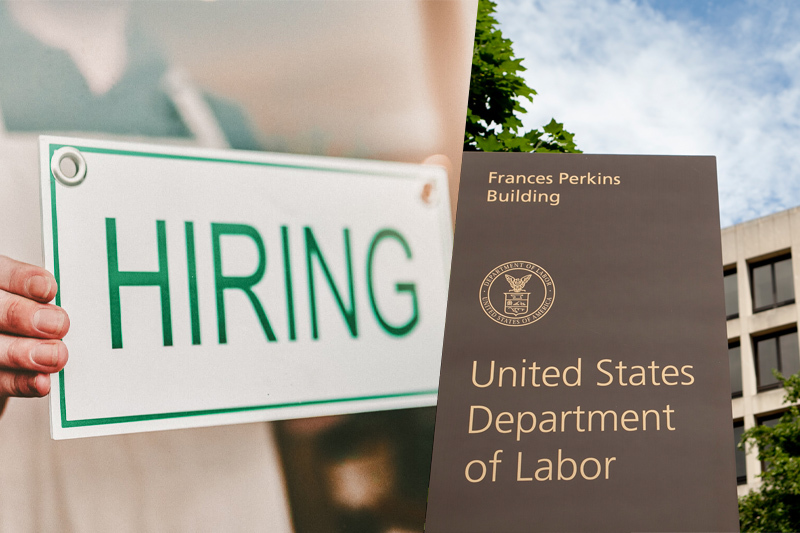
the jobs employers just can’t fill
 Global – In the US, Bureau of Labor Statistics data for August 2022 shows the labor force participation rate 1.0 percentage points below February 2020 levels.
Global – In the US, Bureau of Labor Statistics data for August 2022 shows the labor force participation rate 1.0 percentage points below February 2020 levels.
In other words, people quit, and in some sectors and in some jobs they didn’t come back. This is perhaps not surprising given the poor conditions in many workplaces during the pandemic. The shortage of workers is most evident in the hospitality and service industries, where dishwashers, truck drivers, retail workers, waiters, airport agents, home attendants, and similar positions were created just a few years ago.
Why are these vacancies open?
The data shows that in the US in particular, it has long been difficult to work as a service worker. In 2020, for example, full-time American food stalls earned an average of $23,960 a year, just below the poverty line for a family of four.
All this partly explains the fact that the rate of employee turnover – in other words, the percentage of layoffs as a percentage of average annual employment – has long been high in the service sector. In 2017, it was 53.8% for retail workers, 72.4% for service and catering workers, and 30.6% for people employed in manufacturing.
Keep Reading
Dropout rates have risen sharply over the past two years. In 2021, 64.6% of retail workers, a whopping 86.3% of hospitality and foodservice workers, and just under 40% of manufacturing workers have quit their jobs. While security – and general suffering – were the leading factors, they were not the only reasons for the mass exodus. People also crave the stability that is hard to come by in low-paying jobs: one 2019 study found that minimum-wage jobs had more than double the U.S. average turnover.
Why don’t people return to these jobs?
The layoff epidemic throughout 2021 and this year, known as the Great Retirement, has left job openings across industries. But David Dwertmann, an associate professor of management at the Rutgers University School of Business in Camden, USA, says it’s been difficult to rehire workers, in particular to fill low-paying jobs, for the same reasons people quit.
Workers simply don’t feel appreciated enough and don’t feel treated well enough. In a market brimming with better opportunities, people who felt stagnant or mistreated at work jumped at the golden opportunity to bail out.
What are companies doing to try and fill in the “non-fillable” ones?
It’s not uncommon these days to see signs outside fast food restaurants, convenience stores and markets offering previously unheard of starting hourly rates for new hires. Many employers have introduced signup bonuses: In 2021, Amazon announced it was recruiting and said it would pay bonuses of $1,000 for warehouse and transportation work. Hilton hotels have begun offering check-in bonuses of $500 or more for flight attendants and other staff.
However, while financial incentives do no harm, they do nothing to meet the other essential needs of workers, who often don’t offer these “unfillable” jobs; flexibility, predictability and better conditions.










